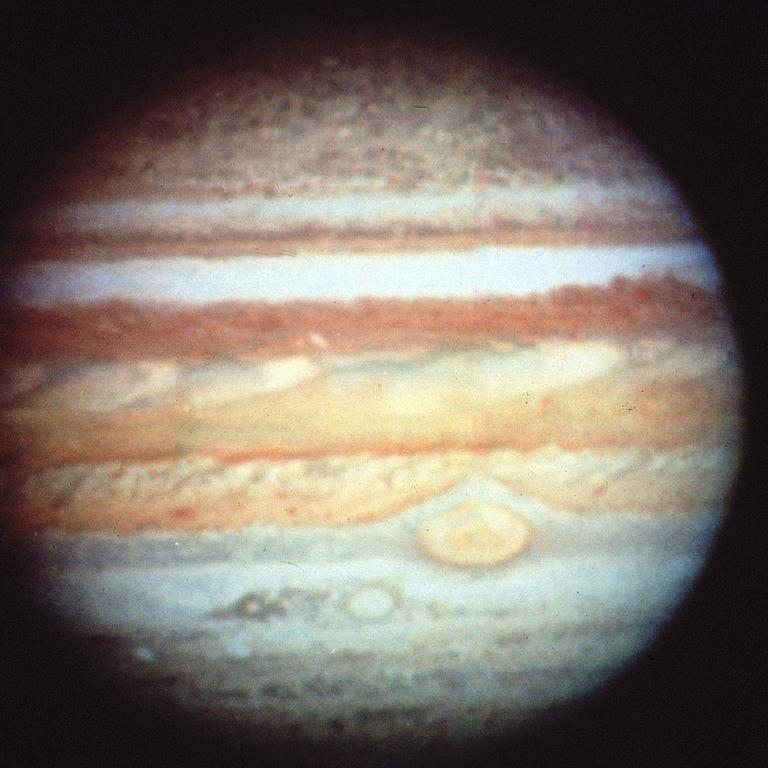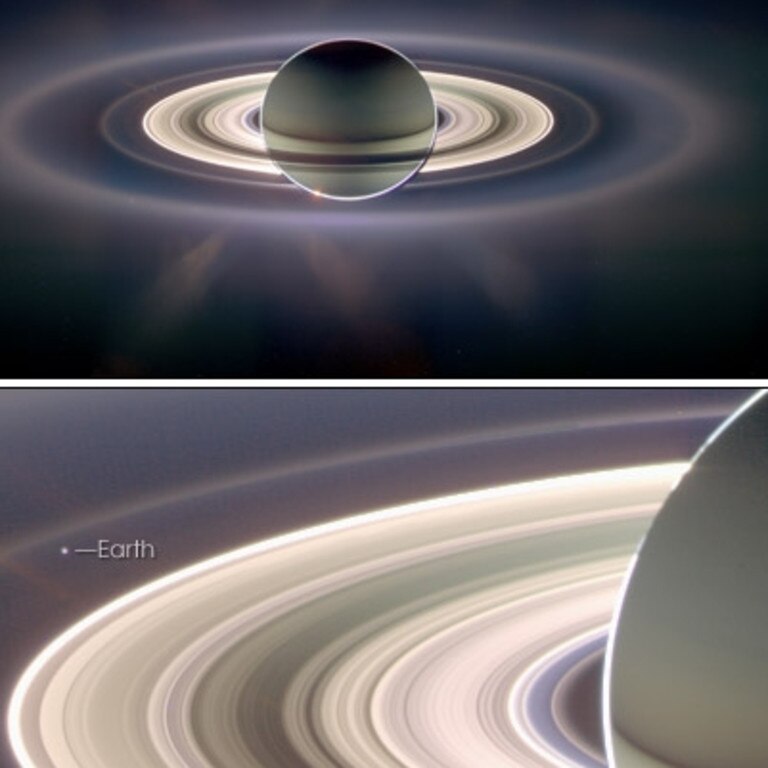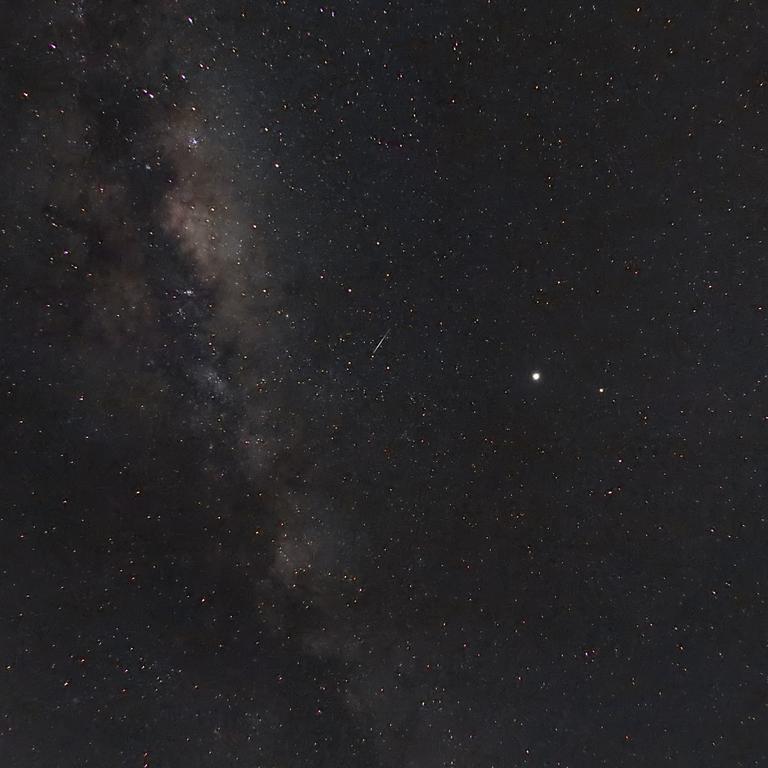Jupiter, Saturn, Mars, Venus viewable from Earth during opposition
Several planets will be visible to the naked eye throughout this month as they align with the Earth’s orbit around the sun.
Planets rarely able to be seen without the use of an expensive telescope will instead be viewable to the naked eye throughout this month as our planet’s orbit opposes Saturn and Jupiter and Mars and Venus come into view too.
The two gas giants are coming into opposition throughout this month, meaning that their differing orbits line up with outs so that they appear on one side and the sun appears on the other.
RELATED: Australia and Japan in space talks

RELATED: ‘Crippling force’ bursts NASA rocket
This means that the sun goes down as the planets come up, so if you turn to the east you’ll get a chance to spot Jupiter and Saturn in the night sky after sunset.
Venus and Mercury can’t be in opposition as both are closer to the sun than we are, but you could still be able to spot them throughout this month if you get up early enough.
Venus rises early in the morning, and depending on light pollution where you are, you might be able to spot Mercury under it too, much dimmer and closer to the horizon.

RELATED: Want to smell like you’re from space?
RELATED: Job ad reveals Musk’s new plan
Saturn and Jupiter are in opposition yearly, while Mars comes into opposition roughly once every two and a quarter years, and the viewing quality can differ due to its elliptical orbit.
As the biggest planet in our solar system, the gas giant Jupiter will appear the brightest, while the smaller and further away Saturn will be harder to spot.
The planets are easiest to spot when in direct opposition but become steadily brighter in the nights leading up to that as they approach opposition.

Your best chance at spotting Jupiter will be during its opposition on July 14, while Saturn will be in opposition on July 21.
Mars won’t actually be in opposition until October 14.
If you want to try and see all the planets at once you’ll have to get up very early or stay up really late.
Between 3 and 4am provides your best chance of seeing them all at once.
The other two gas giants in our solar system: Neptune and Uranus, will come into opposition on September 12 and November 1 respectively.



